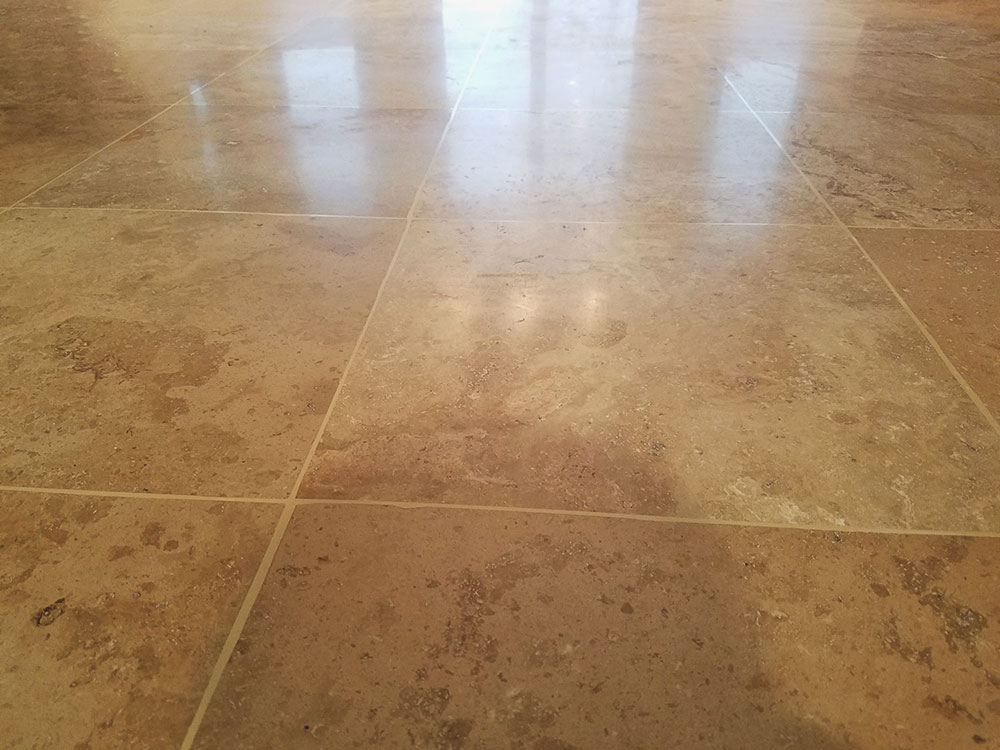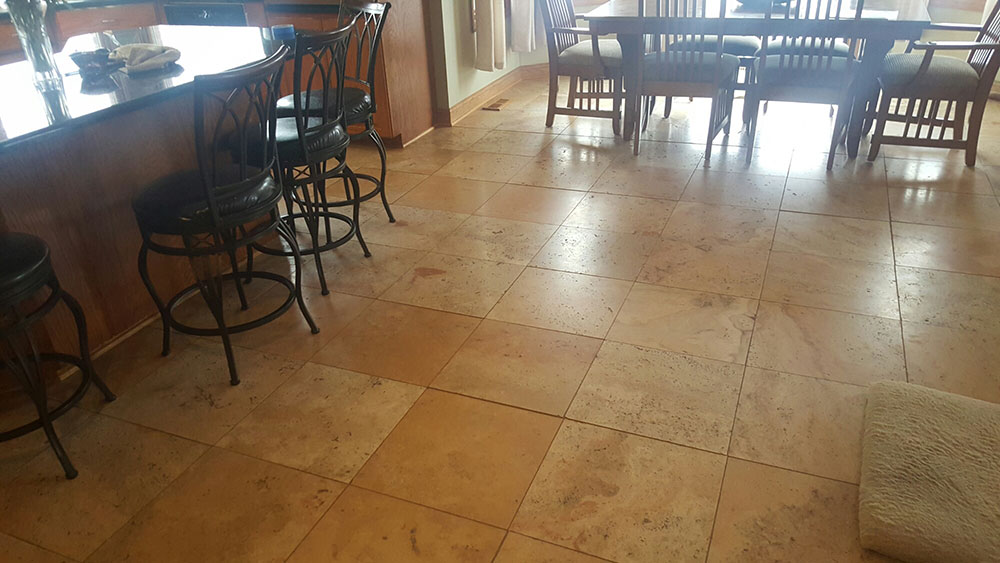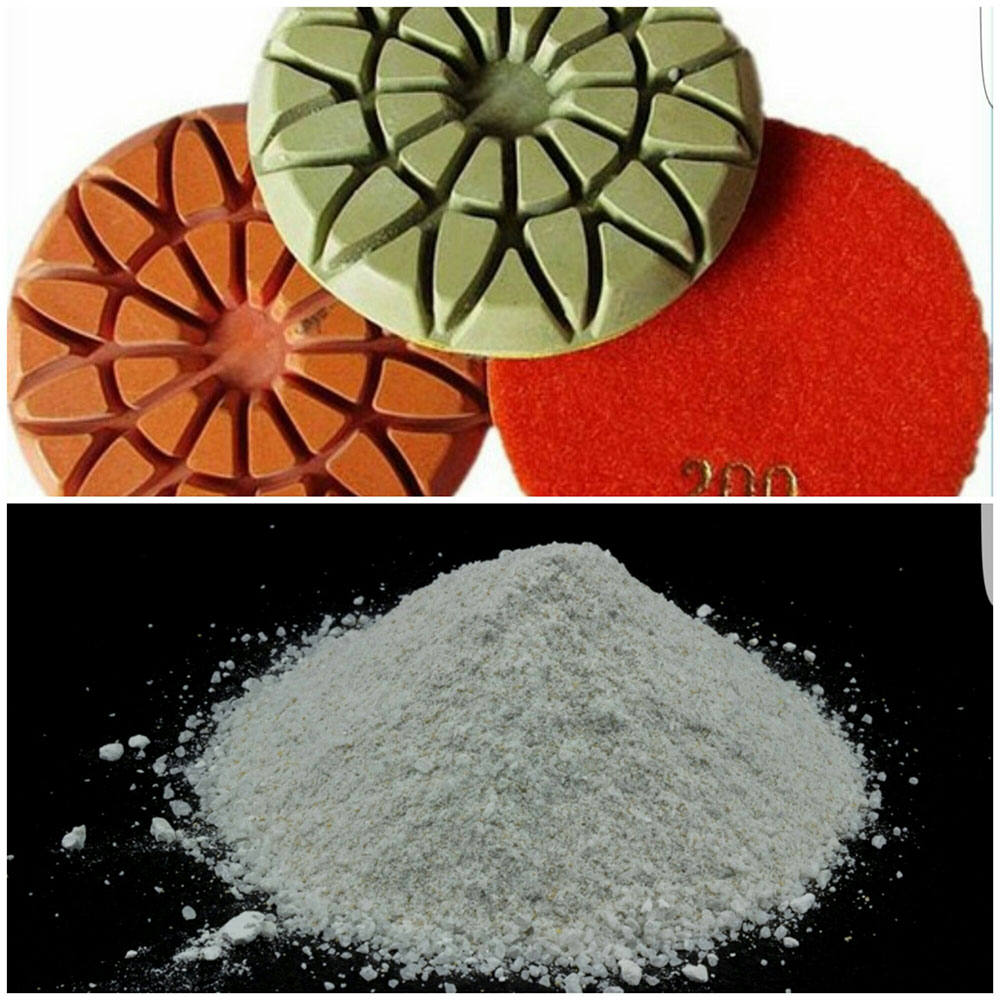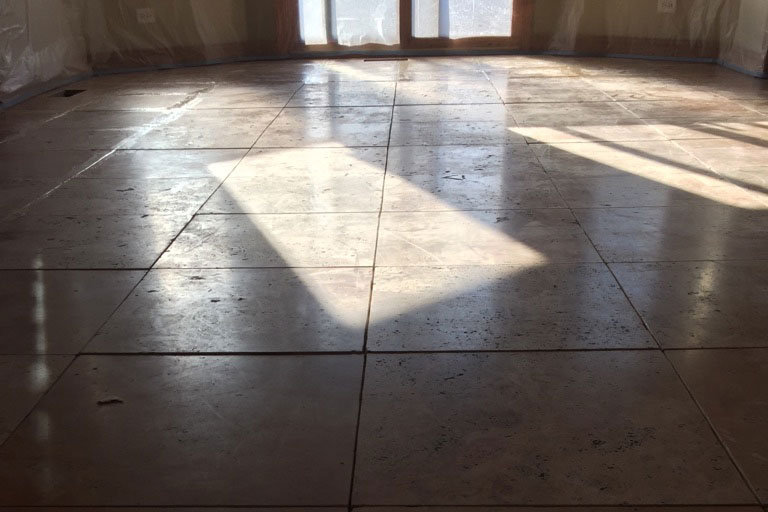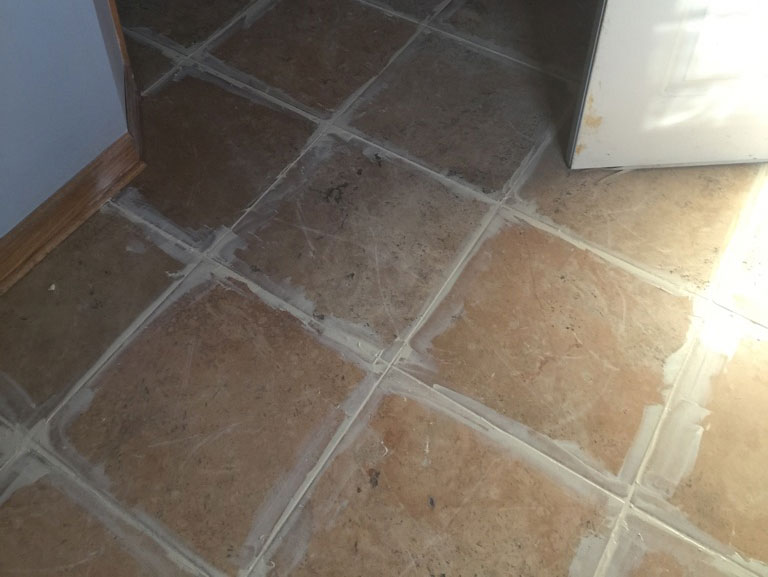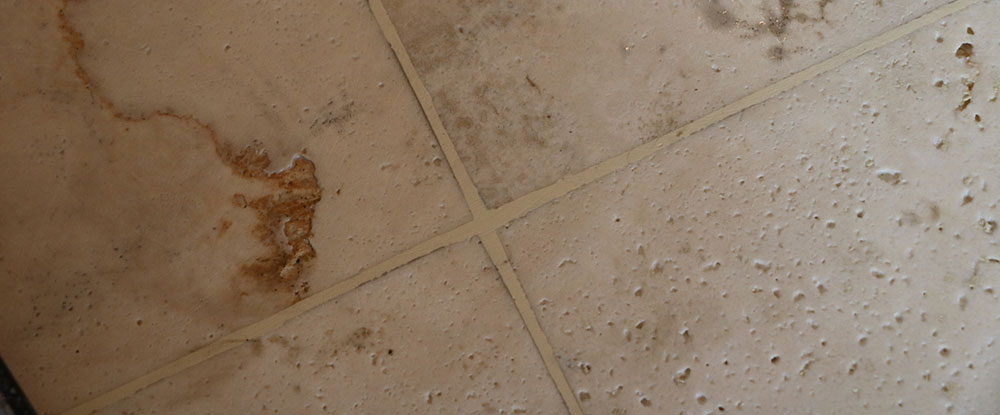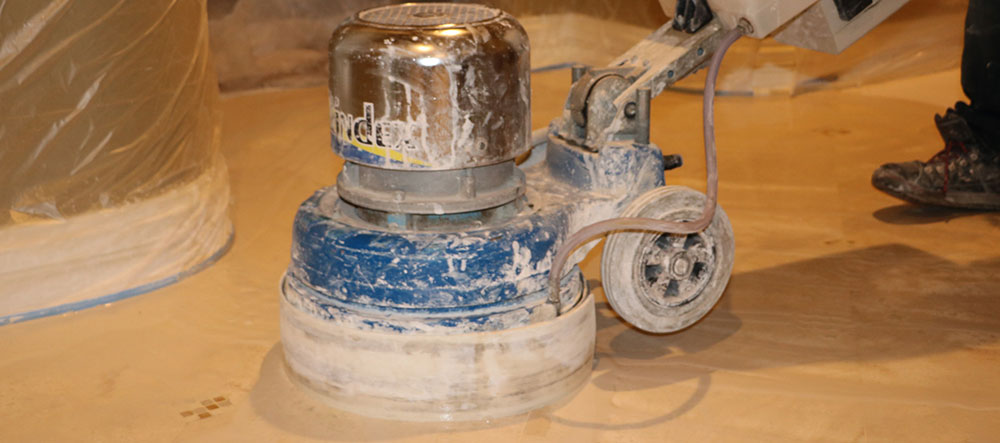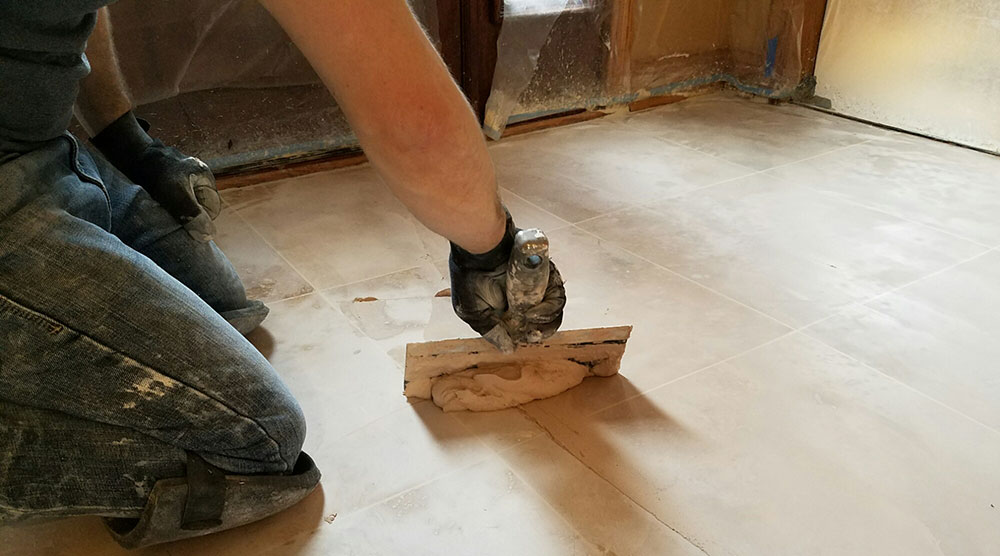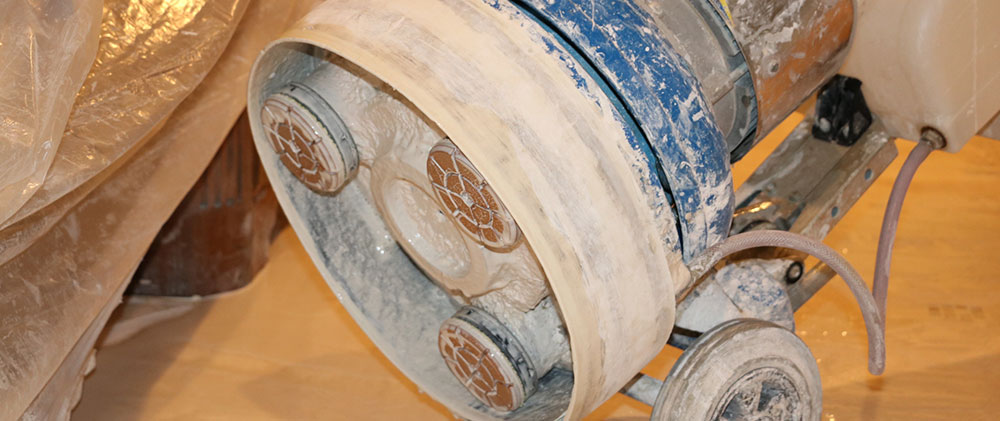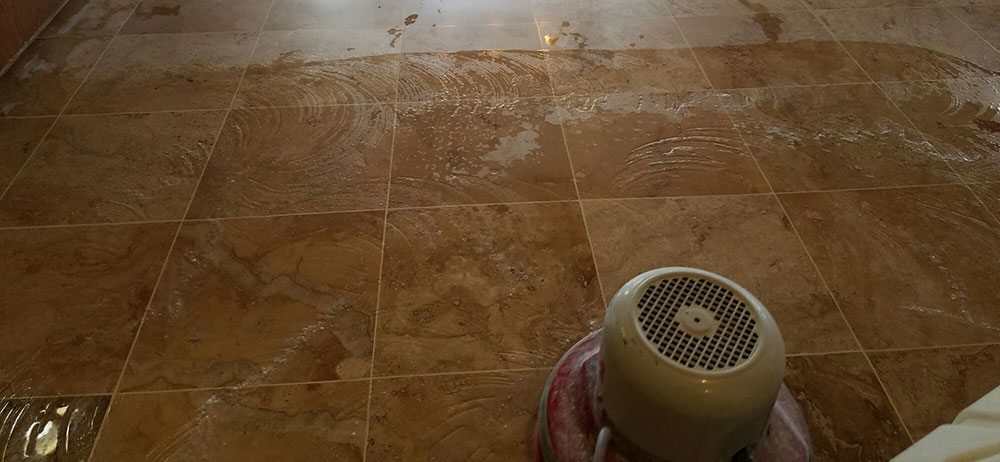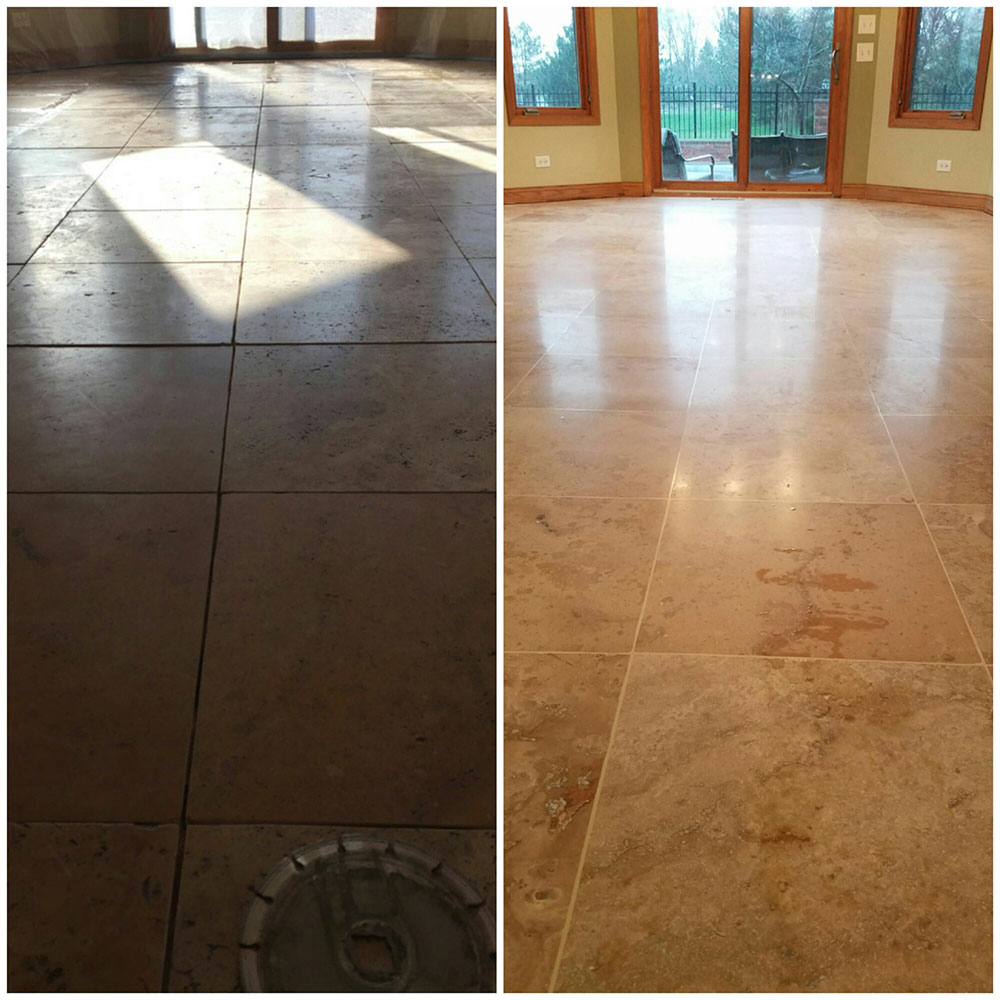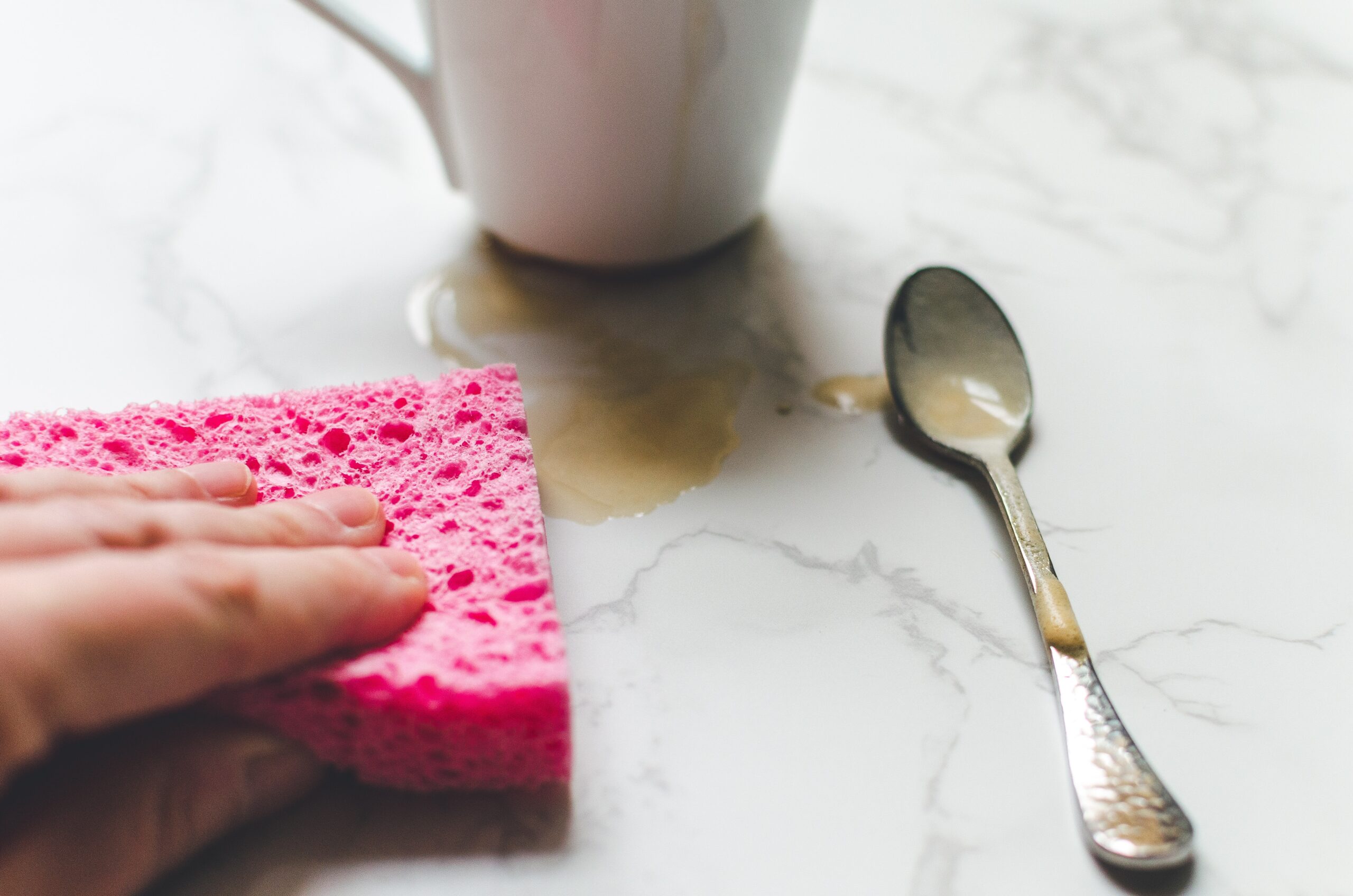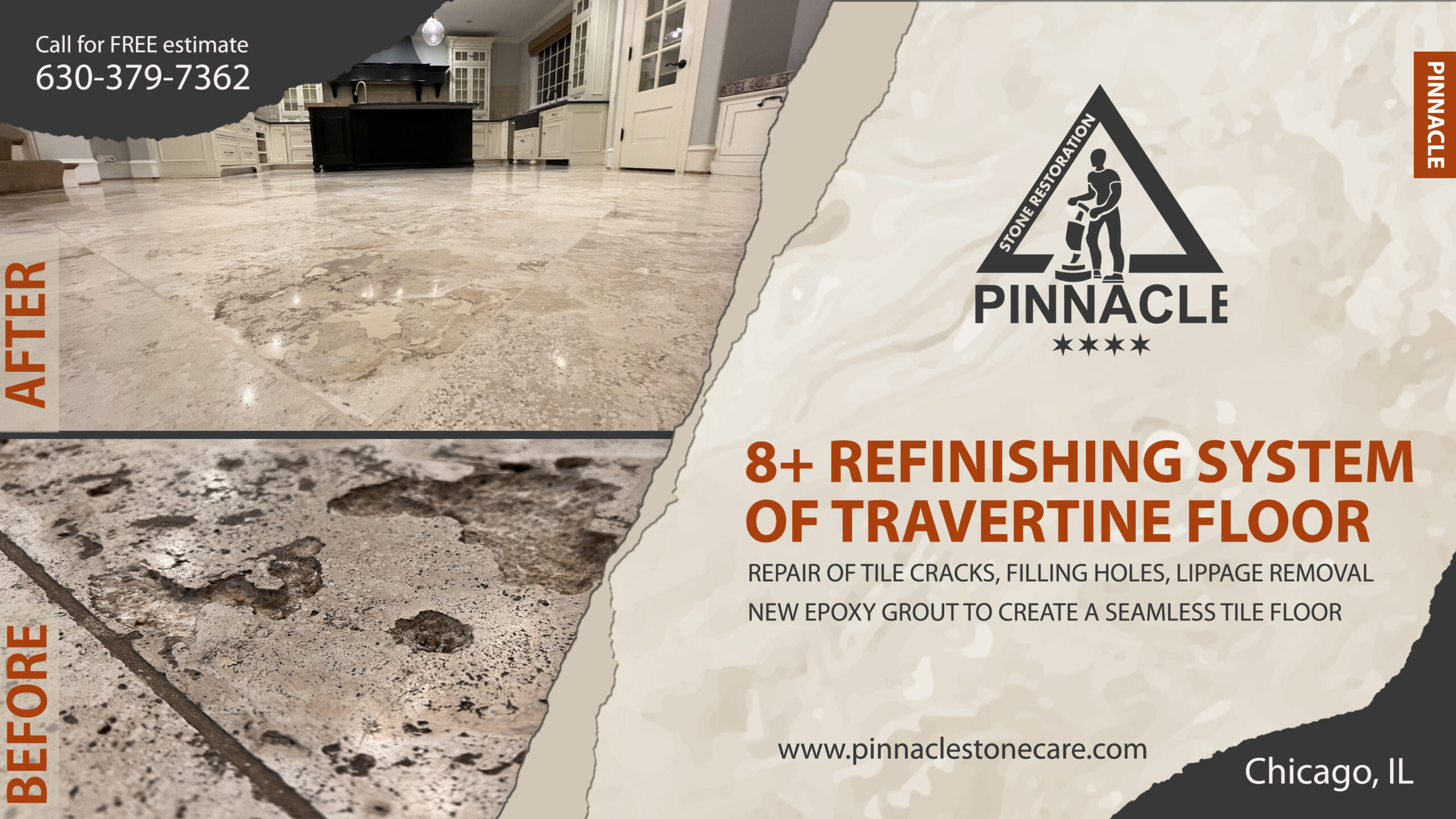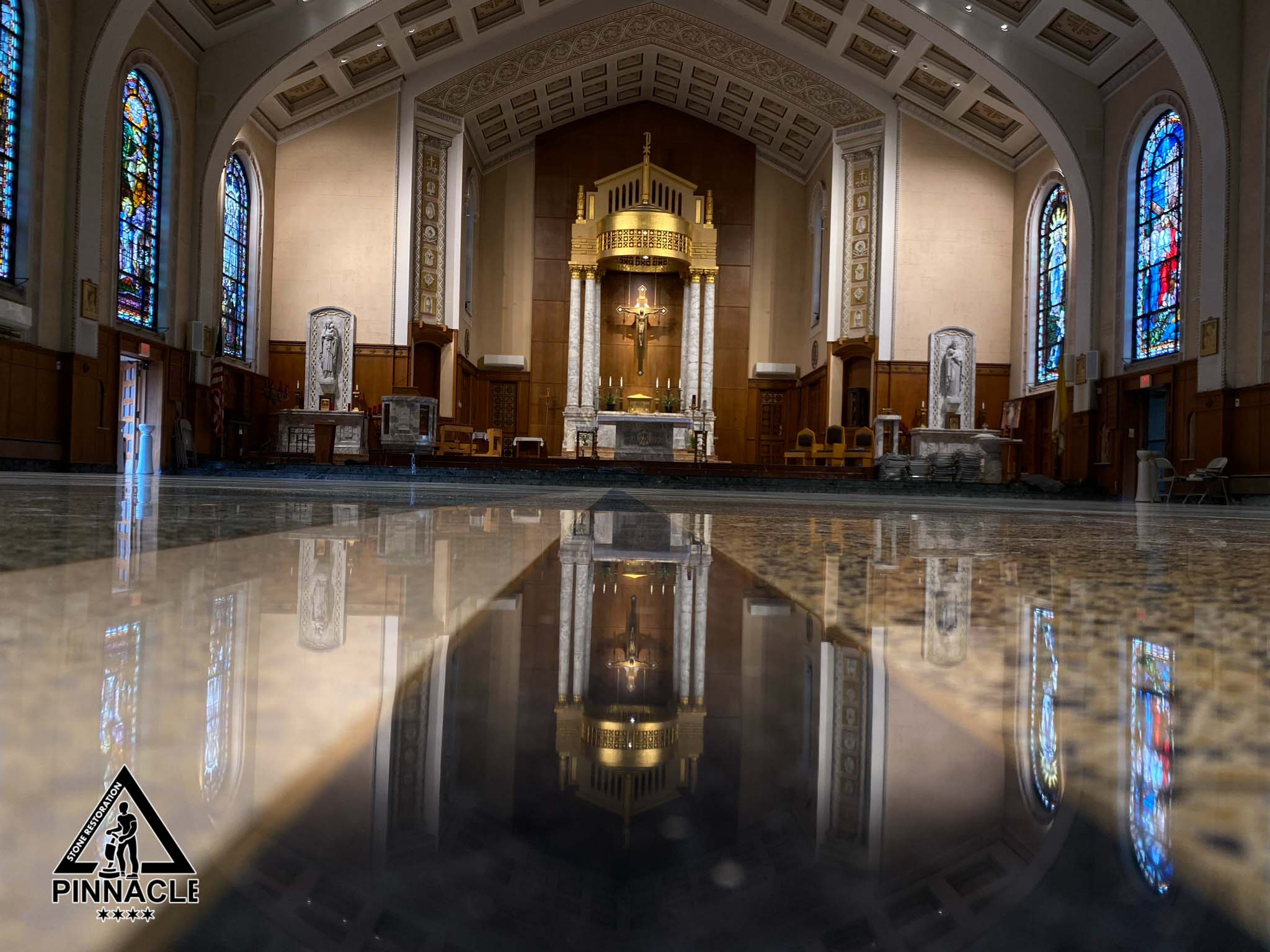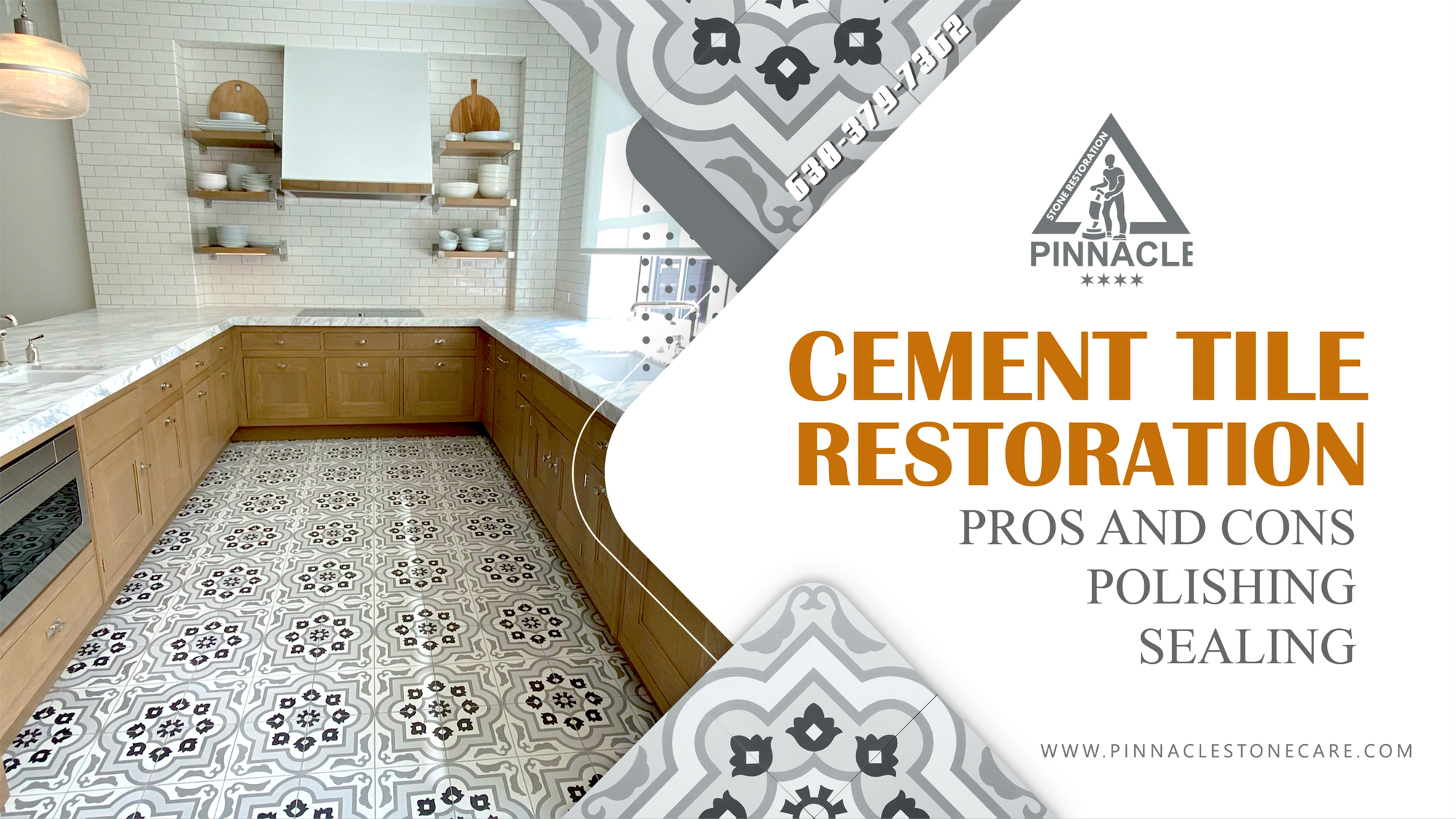What is Travertine?
Travertine is a natural stone such as Marble, Granite, Onyx, Limestone, Slate etc. The key difference between Travertine and other natural stones lies in the formation of the rock, the hardness of the stone and the appearance. Travertine is formed in hot springs and/or limestone caves. Travertine is not the same as Marble or Limestone which falls in the metamorphic rock category. Key characteristics of Travertine stone are the holes within the stone which are caused by carbon dioxide evasion.
What is the difference between premium grade travertine, commercial grade or A grade?
The grade of travertine is most of the time determined based on the holes within the stone. Holes within Travertine stone are part of the stones nature and criteria. Within the travertine industry today, the rule of the thumb is ...the less holes there are within travertine stone, the higher the quality. Travertine pavers with barely any holes in it are considered A Grade or Premium Grade quality while porous stone with a lot of holes in it (looking like a sponge) is considered commercial quality. Obviously price differences apply. Also keep in mind that there are Travertine tiles which come with a honed and filled finish. A filled travertine finish indicates that the holes were filled. Since the filling is always the same color throughout the tile it is fairly easy to tell apart the filling. In these cases, the difference between Premium Grade and Commercial grade lies in the amount of filling used. A honed and filled travertine tile with a whole lot of filling is considered of lower quality compared to a tile with minimal filling.
Enough with Travertine introduction and let's get to the point and highlight why I am writing this blog.
The most of the time we see travertine floors in residential projects with common problems such as exposed holes, cracks, loose tile and grout, lippage and regular wear and tear.
There are two kinds solutions for those problem areas.
Short live solution and long lasting or permanent solution.
The temporary solution will be to repair grout and cracks to its best possible appearance. Light hone the tile to remove etched marks along with surface scratches, fill existing holes with travertine filling material and seal the entire floor with impregnating sealer.
This particular resurfacing system will require two or three diamonds grit or honing powder steps depending how deep are the surface scratches and let's name it also three step restoration.
The Three step restoration result will give clean and honed stone surface condition and better looking grout joints. The only downside is that solved problem will appear again and will require more dollar investment.
Let's jump to permanent solution that we've mentioned earlier and describe each step and expected results precisely.
We should name it 7 step restoration system
- Grout removal (removing existing grout material completely with appropriate techniques and tooling)
- Filling grout lines with epoxy adhesive.
(inserting epoxy material unto empty grout joints by hand techniques using plaster trowel and spatula tools) - Grinding and lippage removal. (go to link)
- Additional steps of grinding.
- Filling holes (filling exposed holes with special mix of filling material using trowel and hand techniques)
- Honing with resin pads.
(multiple steps of resin diamond pads to remove scratches left behind metal bond diamonds and to achieve smooth surface condition) - Neutralizing and sealing.
(removing any slurry haze and applying impregnating sealer as protection against staining)
R e s u l t :
7 Step restoration system is best resurfacing system for your travertine floor for the following reasons:
- It will reinforce your floor and will make it more secured due to bonding abilities of the epoxy material inserted into grout joints.
- Flattened AKA lippage free surface with seamless transition from tile to tile along with no low elevations for dirt deposits.
- Filled travertine with with special mix of filling and penetrating material to insure that even pinholes and micro fissures are filled and sealed.
- Simply better looking floor that will catch everyone's attention and curiosity why their floor doesn't look as good as yours.
For any questions about this blog please contact Kosta at:
Pinnacle Stone Restoration
Tel: 630 379 7362
Email: kosta@pinnaclestonecare.com

